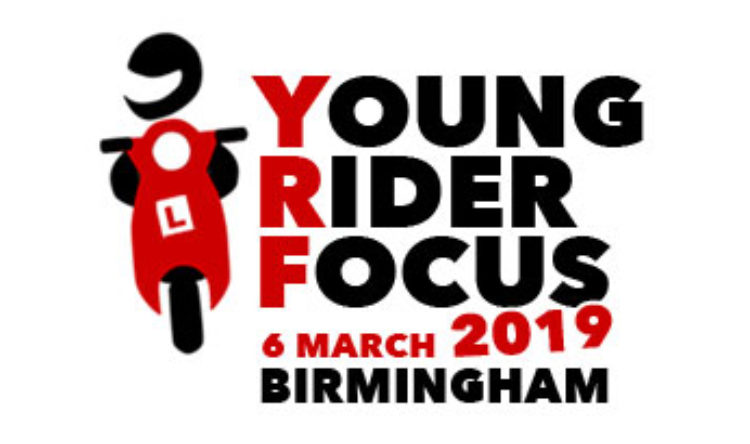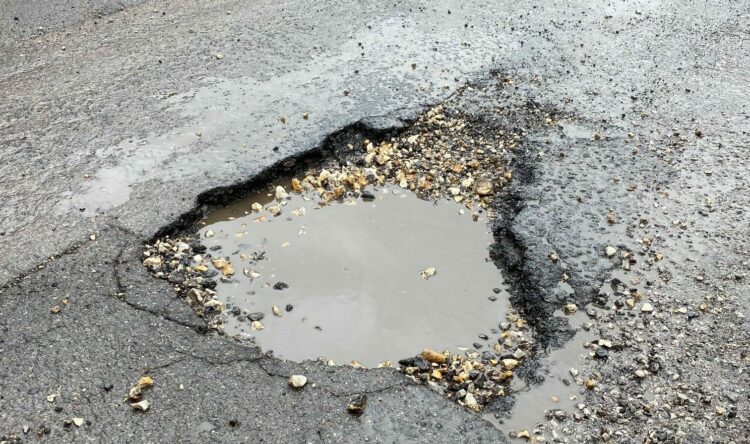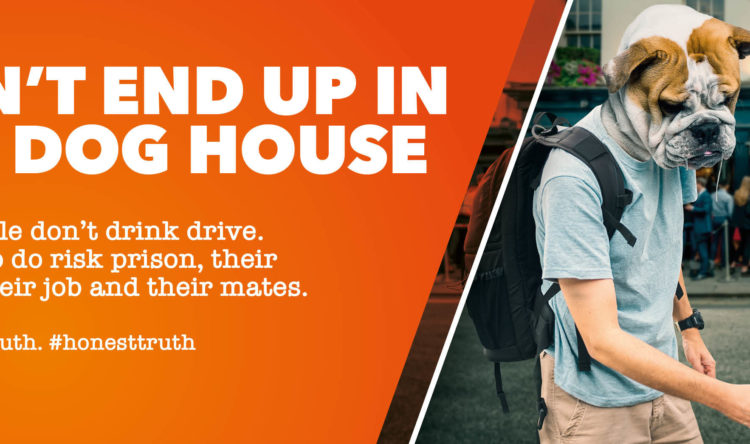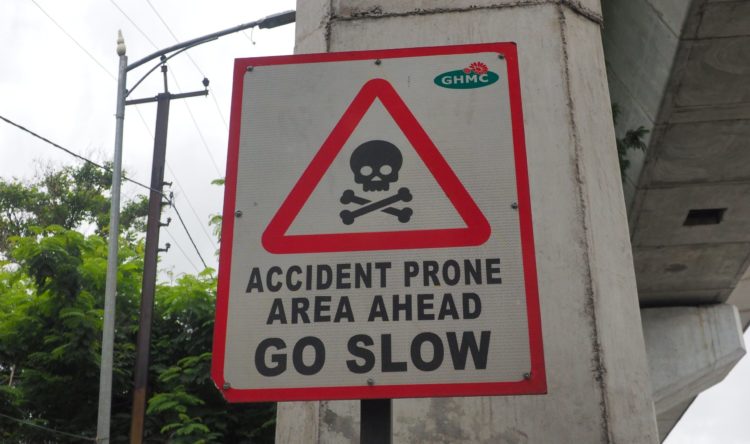We need to talk about road safety
Whitepaper calls for a clear and unified approach when communicating about road safety
DriveTech launches a new whitepaper highlighting the ‘reality’ of road safety in the UK and beyond.
The report, ‘The Global Language of Road Safety and Why it Matters’, aims to provide practical advice for reducing driving risk. It aims to raise discussion, offer insight and inspire a more effective approach. Key to this is the language used to communicate road safety.
DriveTech’s are one of theUK’s leading fleet driver and on road risk training organisations.
Not inevitable
The incremental increase in road deaths has slowed over the past decade. However, the World Health Orgnisation (WHO) believes training, education, technology and legislative changes need to continue evolving. It is particularly important in first world countries where complacency can too easily set in.
“Road traffic deaths and injuries can be prevented, they are not inevitable. Yet, in the UK alone, there are still in excess of 400 casualties on the roads every day,” says Charlie Norman, managing director at DriveTech. “Reducing these figures requires input from a variety of sources”. He adds that the fact that “we can do something about road traffic incidents is extremely inspiring.”
Talk the talk
A fundamental plank of the new whitepaper is the importance of clear, effective and agreed communications policy and style. The language we use around road safety organisations is essential. The media, politicians, in fact, the use of words everyone uses, must become coordinated intelligently and purposefully. This is the single most powerful tool to ensure policies and laws are accepted and workable. The cultural attitudes can and, need to be, changed for the better. Understanding responsibility and consequences can be realised by everyone. It allows the real opportunity to “influence positive behaviour and put safety first”.
The paper states: “How road safety is communicated to drivers is of great importance. Globally, one of the primary ways in which drivers receive information on road safety (the risks, fatalities and injuries) is via the media. Yet, the University of Westminster’s Active Travel Academy has found that collisions and their causes are often misinterpreted or misrepresented. This confuses the public debate and works against tackling road crime and improving road safety.”
This or that
For example, is it a collision, an accident, a crash? We need to accept a universal set of rules for road safety communication:
Impartiality – collision, or crash, is more accurate, especially when the facts of the incident are not known
Discrimination – Publishers must avoid using negative generalisations of road users, and must not use dehumanising language or that which may incite violence or hatred against a road user in comment and news coverage
Accuracy – Coverage of perceived risks on the roads should be above all accurate, based in fact and context. Publishers should make mention of human factors in a collision, and avoid reference to personal protective equipment, such as hi-vis and helmets, except when demonstrably relevant
Reporting on crime – Publishers must avoid portraying dangerous or criminal behaviour on the roads, such as speeding, as acceptable, or those caught breaking the law as victims.
The language used generally has huge consequences in attitudes to road safety. The word ‘accident’ evokes apathy and acceptance. “There should be no acceptance of road danger. It’s simple, language matters. It must promote responsibility and inspire positive action.”
Walk the walk
The report also questions the actions of governments and businesses, as well as individuals. Policies need to be based on clear evidence. They can’t be contradictory. Shaun Hellman, Chief Scientist: Behavioural and Data Sciences, for TRL, highlights a number of inconsistencies: “We have mobile phone laws which reference ‘holding a device’ as the illegal reference point when driving, which in turn legitimises the equally risky act of using a mobile device hands-free.”
He continues: “There is a common public perception that ‘speeding a little bit’ is not too bad (even though it still raises risk for everyone).”
Effectively, we need to be clear about what is acceptable and what is not. By creating grey areas we lose the ability to communicate with clarity, in black and white. “We need to do better, and I would contend that an important part of this is the way we talk about road safety and road risk. It all needs to change.”
Simple, clear, effective
In the UK alone, there are in excess of 153,00 casualties on our roads each year, that’s over 400 every day. Globally, World Health Organization (WHO) research shows that deaths from road traffic crashes have increased to 1.35 million a year – that’s nearly 3,700 people dying on the world’s roads every day. The report believes these figures are not ‘inevitable’, but changeable.
“From the top down, we need to lead by example and communicate road safety to drivers in an impactful, positive way that not only gives them the right tools to drive more safely but encourages behavioural change. This communication needs to be regular, relevant and responsible.”
Read the DriveTech whitepaper here







